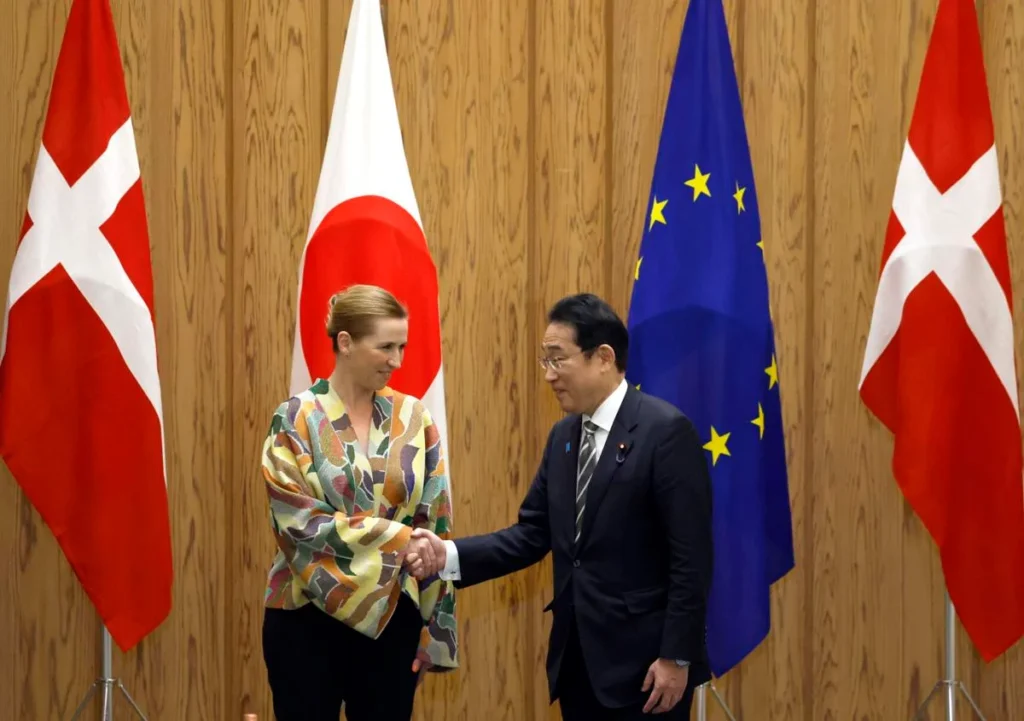Japan, Denmark Partner on Floating Offshore Wind Power Technology

|
Listen to this story:
|
Japan and Denmark have officially joined forces to collaborate on the research and development of floating offshore wind power technology. This strategic partnership aims to address the pressing issue of climate change by advancing the emerging floating offshore wind industry, which is anticipated to experience significant expansion over the next decade. Nations worldwide are earnestly working to reduce their carbon emissions, and this collaboration represents a step in the right direction.
The Japanese Ministry of Economy, Trade, and Industry announced the signing of a letter of intent between Japan’s Agency for Natural Resources and Energy and the Danish Ministry of Climate, Energy, and Utilities. The agreement sets the stage for a comprehensive framework to facilitate cooperation across multiple sectors, encompassing industry, regulatory bodies, and academia. Inclusivity is a key aspect of their approach, as both nations plan to extend invitations to other interested countries to partake in this cooperative framework. Moreover, they will explore the possibility of spearheading the establishment of de facto global standards for the burgeoning floating offshore wind industry.
Related Article: TotalEnergies, Corio and Rise Invests $420M in 3GW US Offshore Wind Project
Japan has set ambitious targets for its offshore wind power capacity. By 2030, the nation aspires to generate 10 gigawatts (GW) of offshore wind power, encompassing both bottom-fixed and floating systems. Looking further ahead to 2040, Japan aims to reach an impressive 45 GW of offshore wind capacity. This ambitious renewable energy agenda is part of Japan’s broader plan to increase the share of renewables in its electricity mix, targeting 36% to 38% by the end of the decade, compared to the current 20%. Furthermore, Japan has its sights set on achieving carbon neutrality by the year 2050. To realize these goals, the Japanese government is diligently working on developing a comprehensive roadmap for floating offshore wind power, with a scheduled release by the end of March 2024.
In a separate initiative, Japan’s Ministry of Economy, Trade, and Industry has entered into a memorandum of understanding with the Danish Ministry of Energy to collaboratively build a sustainable and cost-effective supply chain for hydrogen and ammonia. This partnership emphasizes the critical role of hydrogen and ammonia in the transition to cleaner energy sources.










